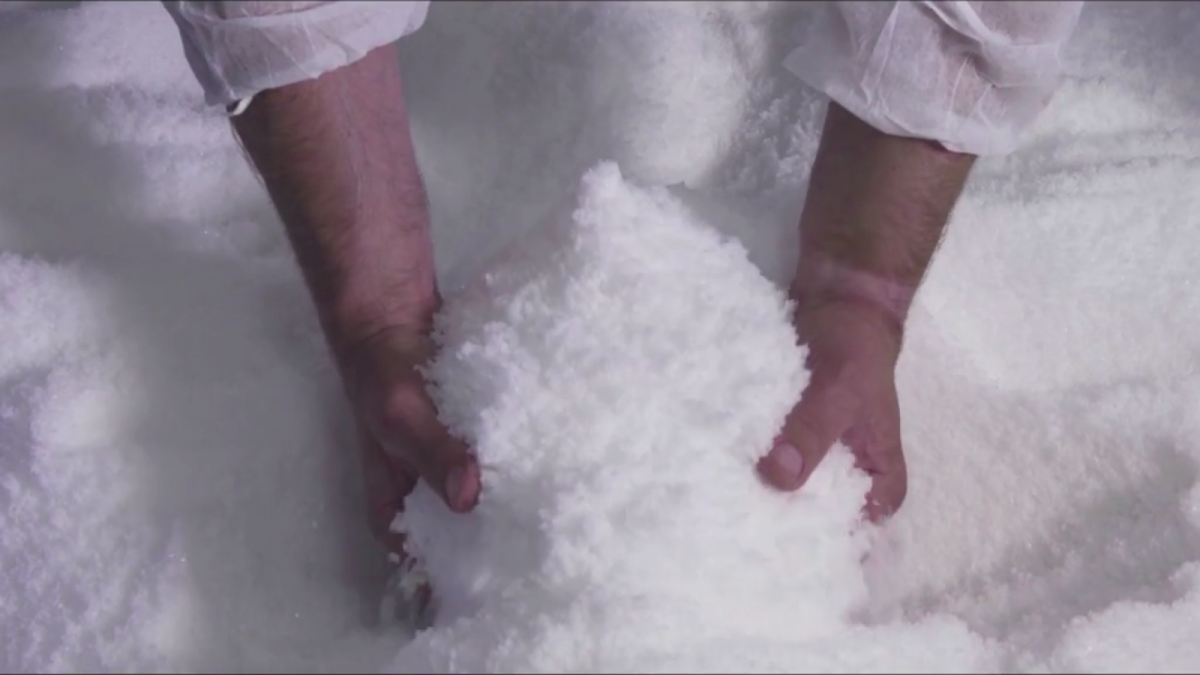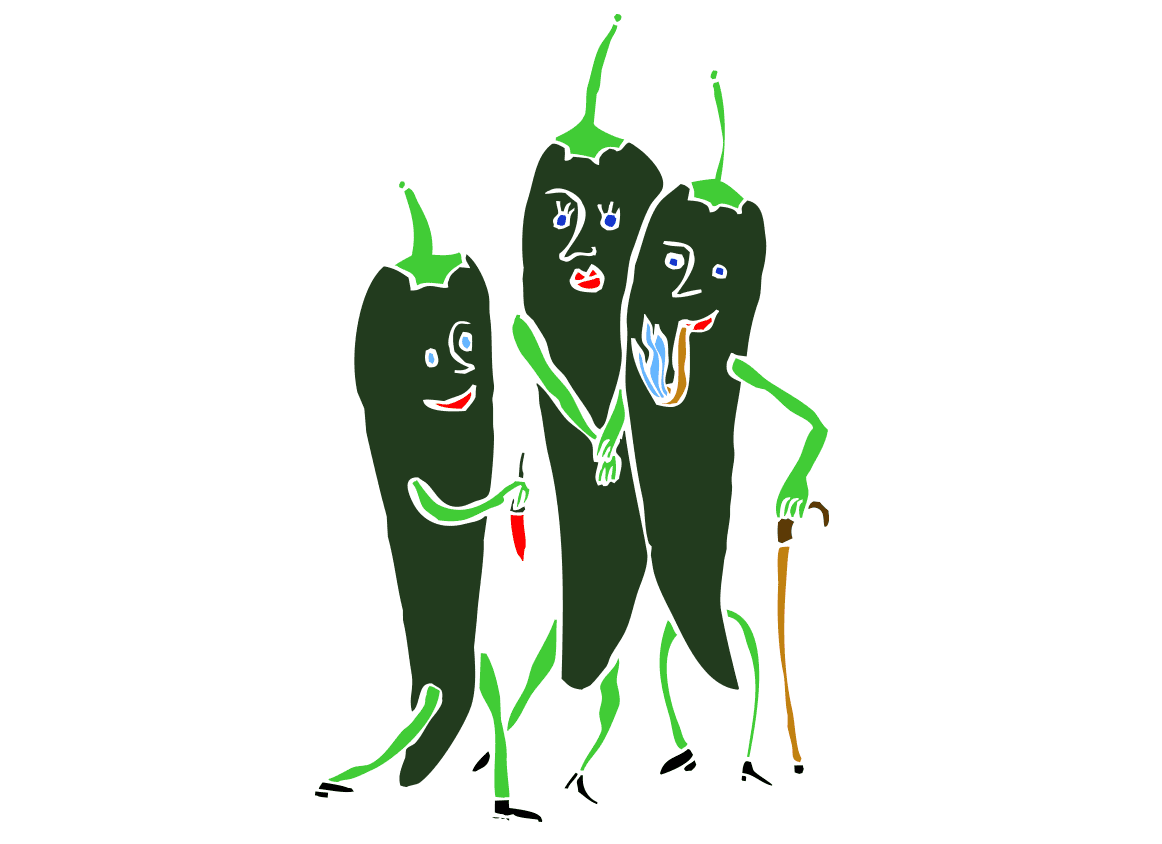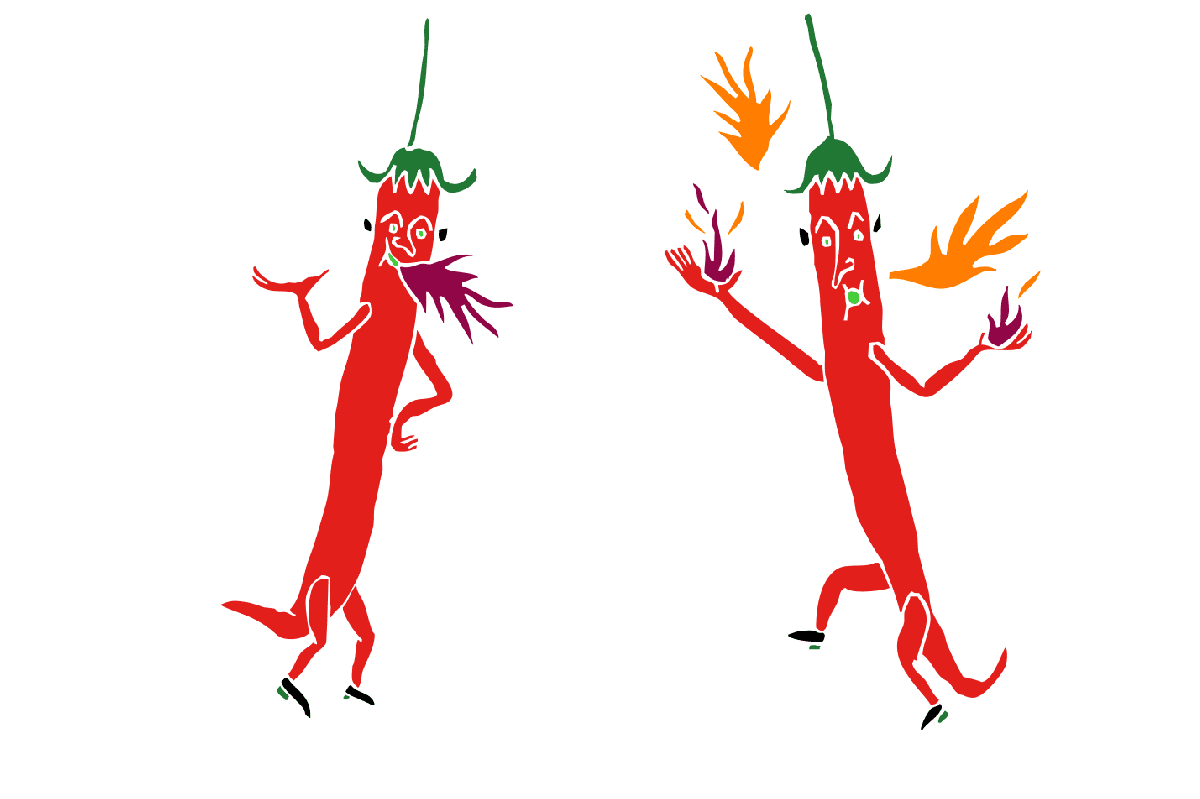Source: Watch Chef Mark Hix Express His Undying Love for Salt – Eater
Tag Archives: taste
The Guide to the Chilies of Mexico | Lucky Peach
A Day In The Life Of Alan Benton, America’s Unofficial King Of Bacon
When food is made with love, you can taste it. So it goes with Benton’s Country Ham, a North Madisonville, Tennessee-based business that produces what many call the best bacon in the country.
via A Day In The Life Of Alan Benton, America’s Unofficial King Of Bacon.
https://youtu.be/kGDLfF1mpu4
The Miracle of Preserves – The New York Times

For as long as I can remember, I have had an unfathomably strong affection for pickles and potted meats and jellies and jams. I was thrown into the preserving pond early. I sat as a toddler, I am told, several summers running, in the cool shade of a tidy old trailer in Canaan, Me., playing with snails as the mobile home’s fleshy mistress, Louise, taught my mother to select cucumbers and beets and pole beans from a dense trailer-side garden — packing them into heavy glass jars and then gently heating them in a worn tin pot.
I don’t think I ever tasted any of Louise’s many preserves. (‘‘Oh, they were terrible!’’ my mother tells me. ‘‘Horribly sweet.’’) The omission might help account for my obdurately romantic view of what the British writer Hugh Fearnley-Whittingstall refers to as the ‘‘extended family we call by the rather austere name preserves.’’ All preserves strike me as good. They reach me at such childish, religious depths that I have wondered if, even before Louise’s trailer and my rapturous secondhand consumption of jarred delicacies in books, some supernatural pickle pot or jelly didn’t offer me a miraculous taste of itself in a dream.
If cultivating soil was what let humans settle, it was harnessing bacterial cultures that let us unmoor.
I have felt lucky, as a grown person, to discover that this thing I loved in innocent abstraction had real importance. Salting and drying meat and fish helped human beings to last through long winters, sea voyages and treacherous overland trails. If cultivating soil was what let us settle, it was harnessing bacterial cultures and sugar, salt, acid, fat, sun and wind to paralyze microorganisms and save food from decay that let us unmoor, discovering all the world that was not visible from our cabbage patches. Basque cider allowed seamen to cross oceans. Dutch pickled herring fueled the exploration of the New World. Vikings spread cod in the riggings of their ships to dry and stiffen in the cold wind, then traded on it as they battled through Scandinavia, the Mediterranean and Central Asia. Cheese was first a way of preserving milk; wine, of grape juice; sauerkraut, of cabbage; prosciutto, of pork. In this sense, all preserved things are additionally miraculous, in that they all are also ways of storing other things: part vessel, part content
Seven Lobster-Buying Tips | Lucky Peach
In “Lucky Peach #13: Holiday,” Peter Meehan wrote about his annual Christmas party—where, among many other things, he makes the lobster rolls from Jasper White’s book Lobster at Home. The front matter of the book, about how to shop for and kill lobsters, is succinct, spot-on, and very useful! We’ve published his rules for purchasing live lobsters below. (And after finishing that, you can check out his recipe for lobster rolls here.)
How To Make Chocolate | Lucky Peach
It’s easy to forget that chocolate is a fruit. It’s born on a tree and undergoes several steps that transform the bitter, astringent seed into the rich, flavorful bars that we know.
Let’s take a little time to ponder the botanical story of chocolate and retrace the journey from its tropical origin. The cacao tree (officially, Theobroma cacao; theobroma translates as “food of the gods”), was classified in 1753 by Swedish scientist Carl Linnaeus. The most recent genetic research points to the upper Amazon rainforests of South America—near present-day Bolivia, Ecuador, and Peru—as its origin. It grows only within a narrow latitudinal band, between 20˚N and 20˚S of the equator. From its origins in South and Central America, cacao cultivation now spans the circumference of the globe within its tropical range. West African countries, namely Ghana and the Ivory Coast, currently provide about 70 percent of the world’s cocoa supply.
The cacao tree is fairly small, commercially bred to grow roughly 9 to 12 feet high. Like grape vines, cacao must often reach six to seven years maturity before producing a full yield of fruit. Its fruit, the cacao pod, develops from flowers that blossom directly from the trunk and thicker branches of the tree, reaching maturity in five to six months (thus sometimes allowing for two harvests per year). Each individual bean is comprised of an outer shell, the germ, and the nib. Conveniently, one pod’s worth of beans produces a 100-gram bar of chocolate.
via How To Make Chocolate | Lucky Peach.

The Science of Dry-Aging | Lucky Peach
A little something from Harold Mcgee, one of the foremost food scientists out there…

This feature comes from “Lucky Peach #2: The Sweet Spot.” Pick up a subscription here.
Proteins, carbohydrates, and fats are the building blocks of living things, but they don’t have much flavor in their natural state. They are bland to begin with. That’s why we cook them, why we season them, why we transform them—to make them more appealing to us.
But sometimes we can get our food to make itself more delicious, by treating it in a way that creates favorable conditions for the enzymes that are already in the food to work together in a certain fashion.
Enzymes are molecules that exist in foods—and in microbes intimately involved with food—that can transform those basic, bland building blocks. They’re nano-cooks—the true molecular cooks. Dry-aging, ripening, and fermentation are all processes that take advantage of enzymes to make foods delicious before cooking.
Most meat, by contrast, is prepared for the market very quickly. The animal is slaughtered, the various parts of the muscle system are separated and packaged, and then they’re distributed. That’s about it.
Dry-aging beef means that once the animal is slaughtered and butchered, portions of the carcass are allowed to rest in very carefully controlled conditions (cool temperatures with relatively high humidity) for a period of time—often several weeks, and sometimes up to a couple of months.
A Philosophy of Herbs – The New York Times

There are two ways of seeing herbs in error. In my gastronomic memory, the blunt and mostly bald symbol of the first way is the altruistic Signore Giocondo Cavaliere, of the village Amalfi, region Campania, population 5,428 (or so). On a blue May day, three other naïve Americans and I invited him, along with Gennaro, the chauffeur; Giulio, who ran the fish market; Nino, who staked the peas; and an assortment of others to lunch in the white stucco villa we were borrowing.
Things went well through the crisp toasts with oiled acciughe, blistered friggitello peppers from the garden. But when handed a bowl of spaghetti with peas, pancetta, pecorino and mint, Signore Cavaliere allowed a look of mild distress to nest on his damp brow. He twirled a few polite noodles around his fork in silence until, after several minutes, the rattled man had to unburden himself.
‘‘I understand,’’ he whispered directly into my ear, in slow and serious Italian, ‘‘that in America you cook … experimentally.’’ He paused. Our eyes met for a critical moment.
‘‘But here’’ — he waved to include the table, the loquat trees shadowing the high balcony, the citrus air, the deep sea — ‘‘we do not cook in such a modern way.’’
I admitted to him in honesty that I didn’t understand what he was talking about.
‘‘Mint!’’ he almost shouted at me. ‘‘Mint! Can’t be served with pasta!’’ I felt horrible for him, watching him redden. ‘‘Mint is for fish!’’ And his wet head fell into his hands.
This is Where Your Salt Comes From – YouTube
A great piece on how some American entrepreneurs are making some pretty amazing salt right here.
This is Where Your Salt Comes From – YouTube.
https://youtu.be/um7QcI8-XiM
When You’re Eating Chilean Sea Bass, You’re Actually Eating Patagonian Toothfish

Have you ever heard of Patagonian toothfish? Well, chances are, you’ve eaten it — only when you ate it, it was called Chilean Seabass.
Yes, that’s right, Chilean Seabass is just a more “friendly” name for the Patagonian toothfish. The name under which it’s marketed was changed in 1977 by fisherman Lee Lantz , to make it sound more appetizing to the American market. Although the fish isn’t always caught in Chilean waters, and a toothfish isn’t technically even a bass, the term Chilean Seabass had “broad resonance among American seafood eaters.”
While the name change has certainly helped the Patagonian toothfish become more popular (there was a major Chilean Seabass boom in the ’90s), it has also led to overfishing of the species. Without strict government regulation, sustainability hasn’t been a top priority and many fishermen have been fishing in areas where they shouldn’t be. Had this fish not been renamed to make it more marketable, would the demand have been as high and led to overfishing? Probably not.
It may seem odd that a fish’s name was changed to make it sound better, however it is actually more common than you may think. Monkfish was originally called Goosefish, Sea Urchin used to be called Whore’s Eggs and Orange Roughy was Slimehead.
via When You’re Eating Chilean Sea Bass, You’re Actually Eating Patagonian Toothfish.






